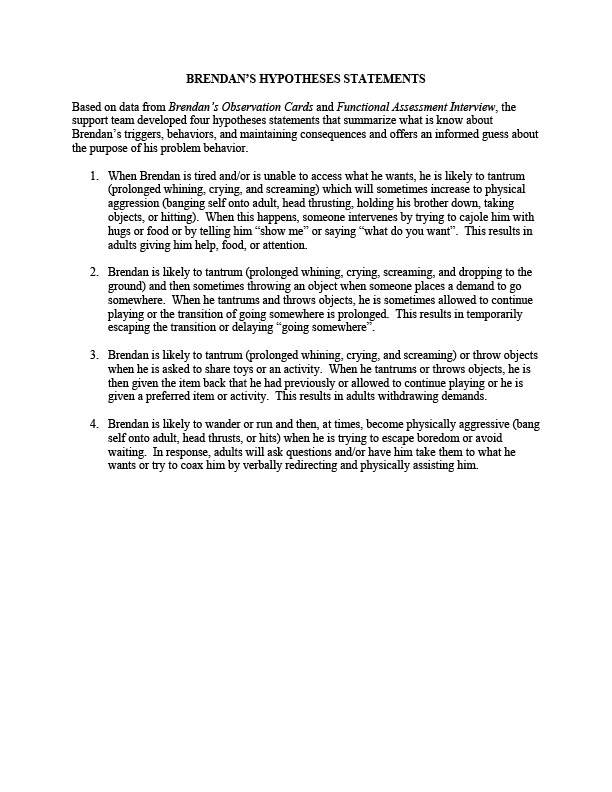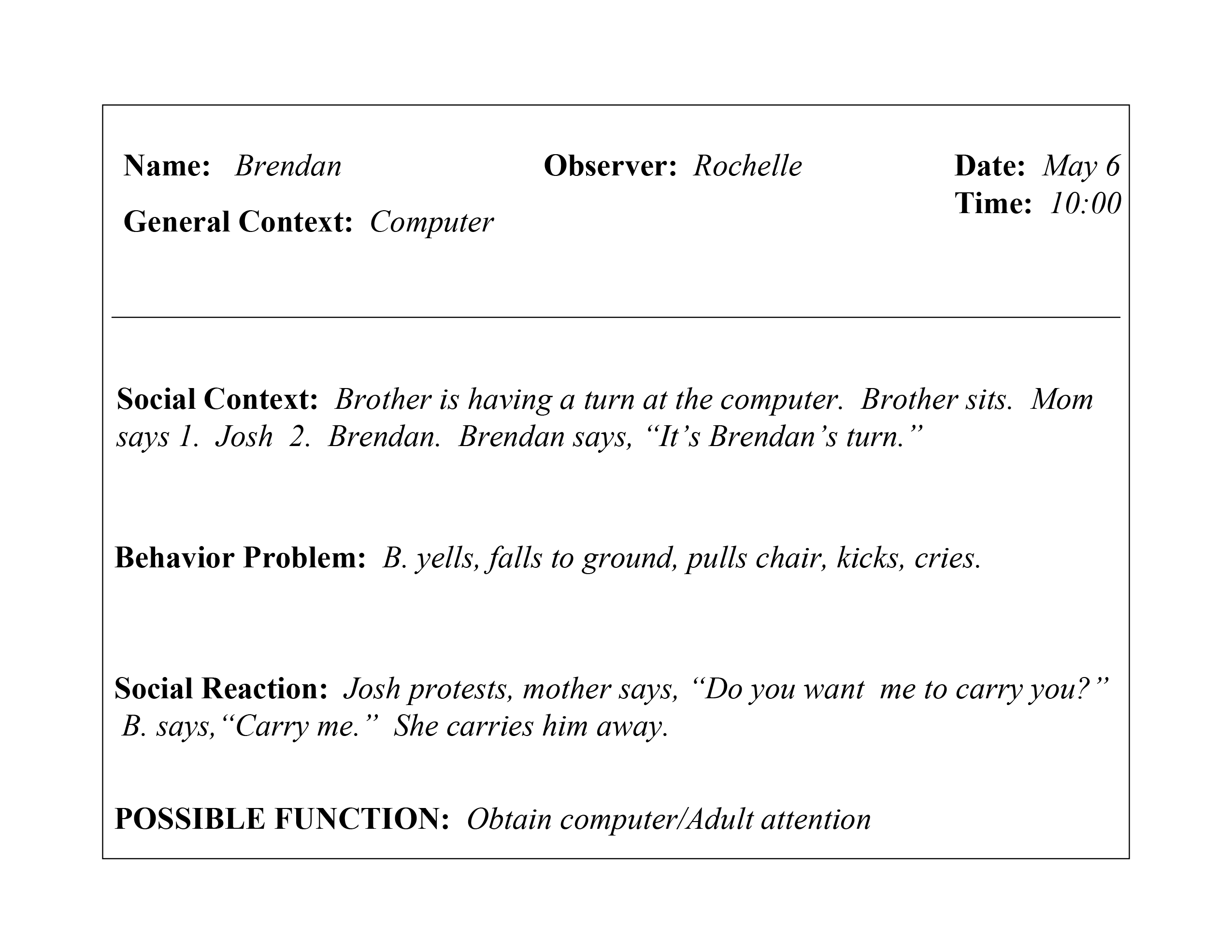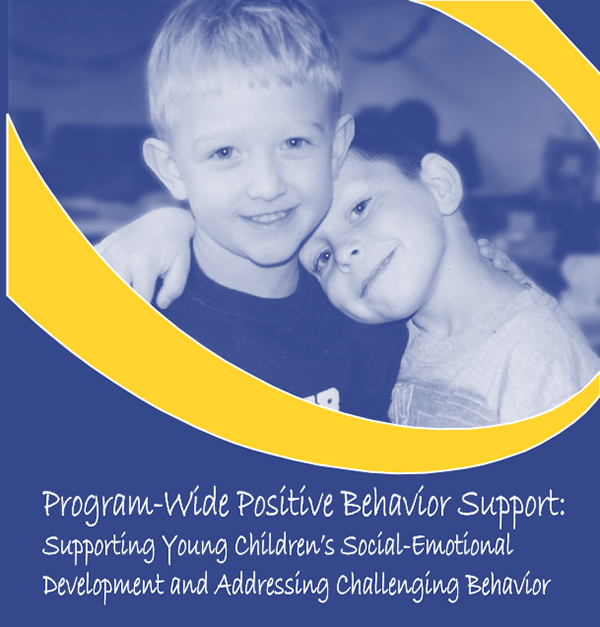Meet Brendan!

Brendan is a very happy, energetic, young boy. Prior to implementing Positive Behavior Support (PBS), Brendan had severe challenging behavior. Brendan and his family were physically, mentally, and emotionally exhausted and in desperate need of help. Brendan’s parents had tried absolutely everything in their “bag of tricks” but nothing seemed to work with their youngest son. They felt like they were failing!
PBS provided Brendan’s family with new hope. PBS was a match with their family routines and values and allowed Brendan’s parents to view their dreams and visions for their son as achievable.
Brendan is an example of a young boy who benefited from the process of Positive Behavior Support. This case study provides specific details of the success that Brendan and his family experienced with PBS. Below you will find products, videos, and materials produced and utilized that illustrate the steps the support team went through to determine the purpose of Brendan’s behavior and how they moved from conducting a Functional Assessment through the steps of the process to finally developing and implementing Brendan’s Behavior Support Plan.
“Positive Behavior Support is a set of tools that has allowed our children to more fully participate and succeed in everyday life.”
-John Hornbeck, Brendan’s father
Components of Brendan’s Case Study
Brendan Before PBS
Brendan After PBS
Related Resources


Case study child and family description

Sample functional assessment from case study


Observation data used in Brendan’s functional assessment

This booklet provides a report on the program-wide implementation of the “Teaching Pyramid” within a Head Start Program. The Southeast Kansas Community Action Program (SEK-CAP) provides information on the implementation of the model and the outcomes for the children, families, teachers, and program.



